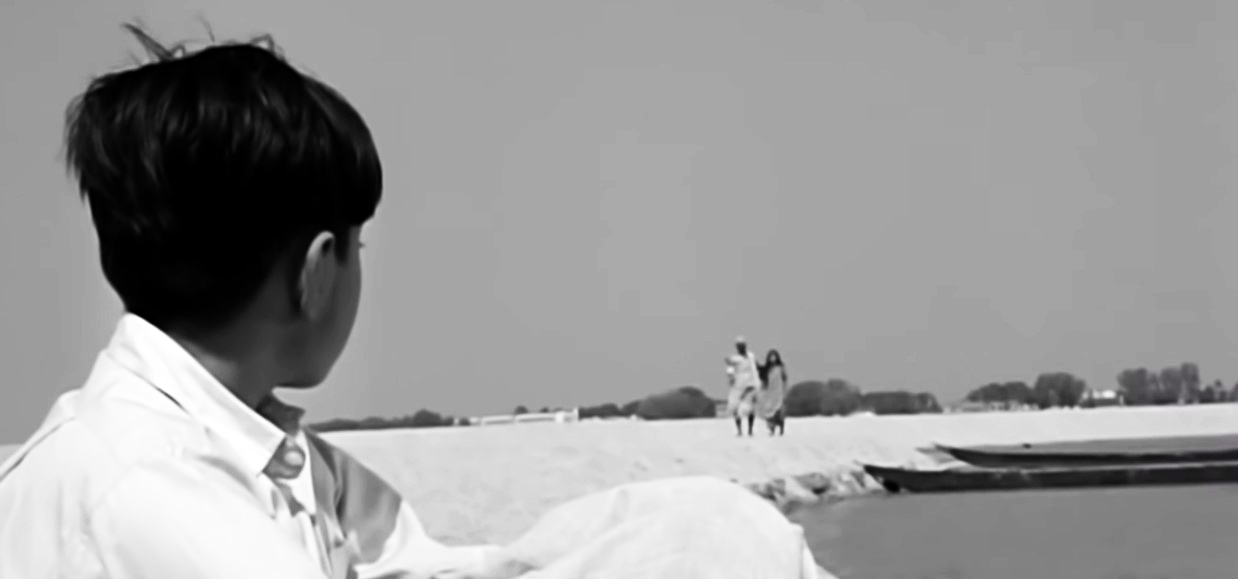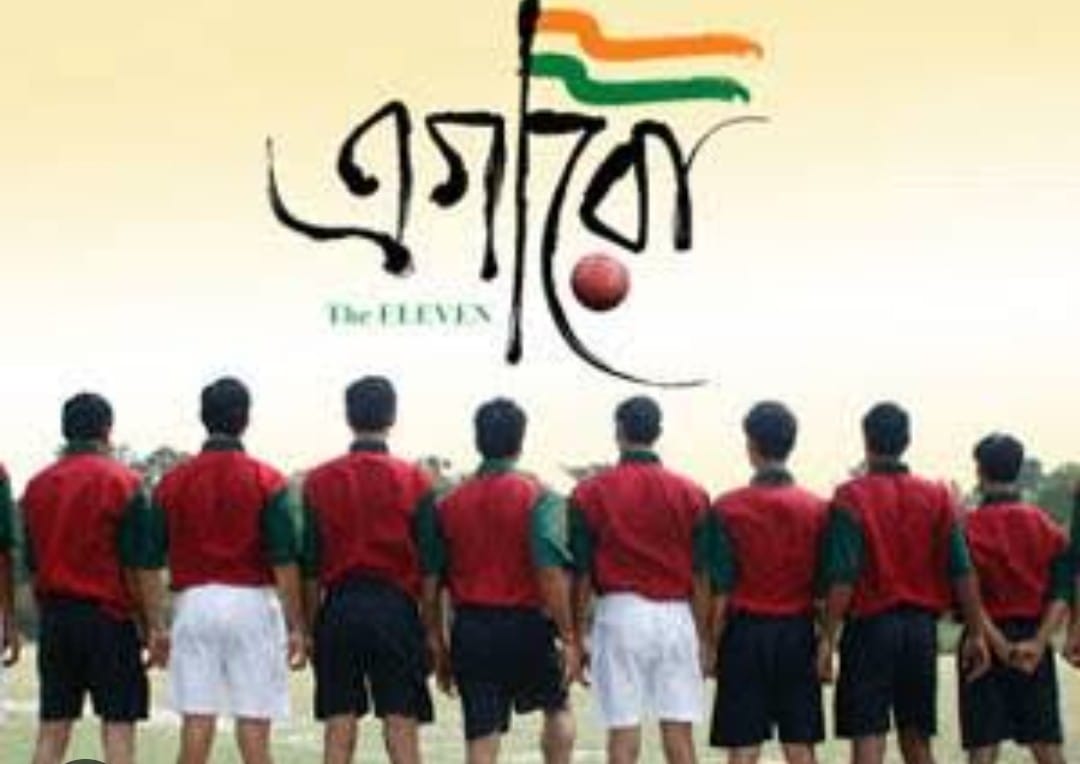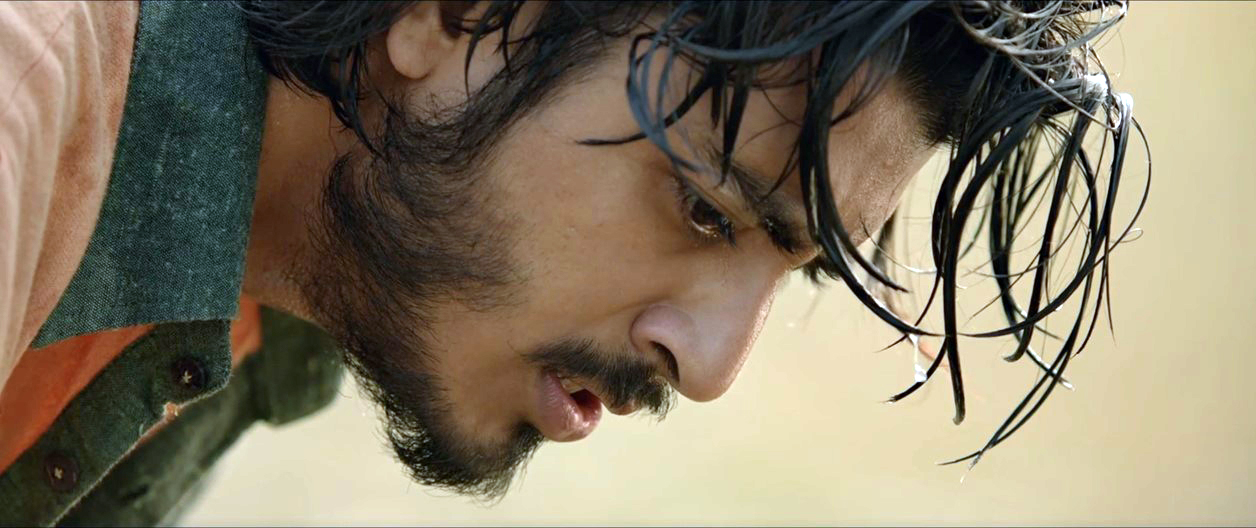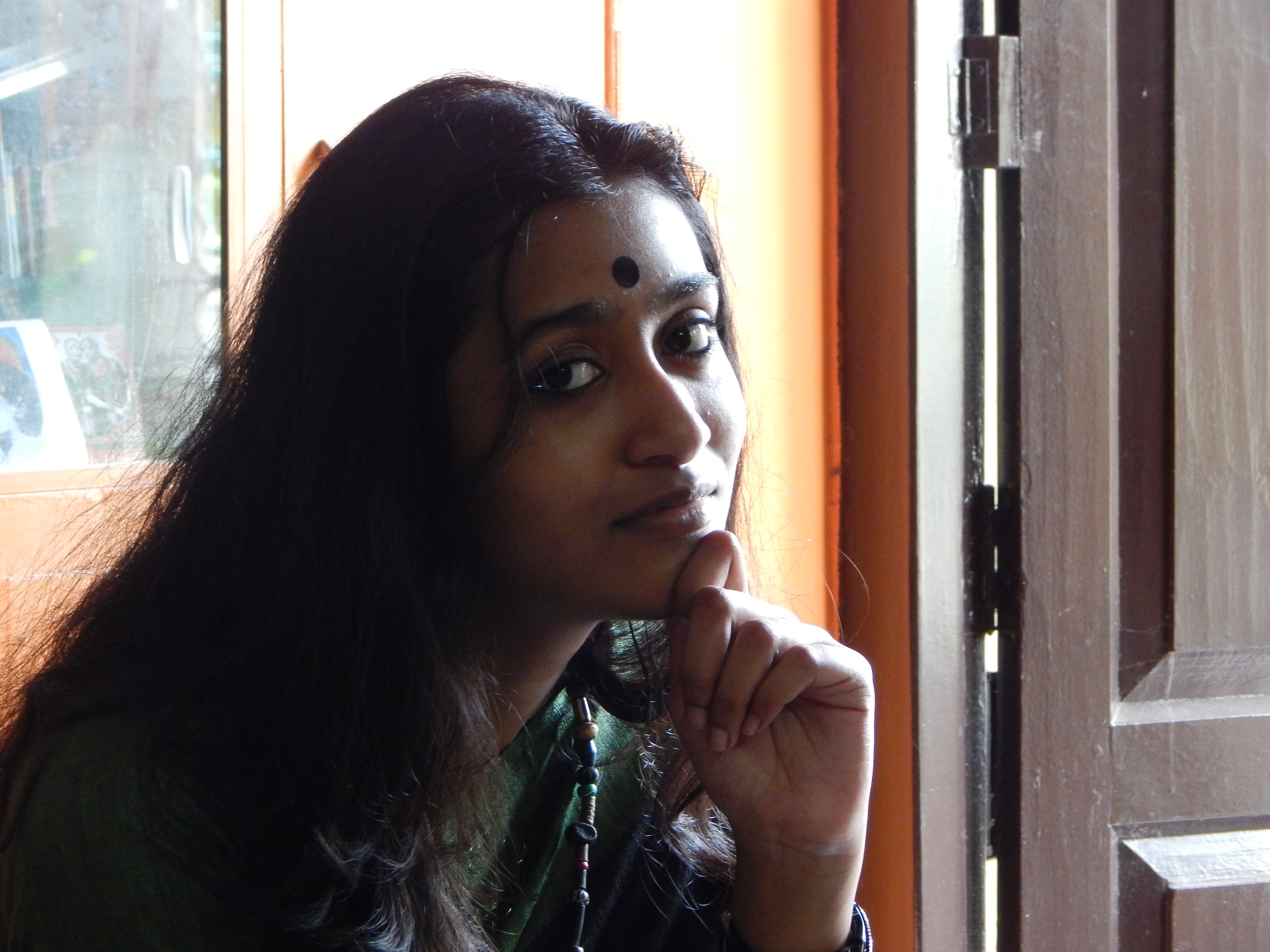
Bengal has never been short of reasons to boast about being a vanguard of India’s freedom movement. Has its cinema since the pre-independence era till today equally done justice to the depiction of the struggle? In a two-part article, SRAGDHARAMALINI DAS chronicles the eight decades of chanting the freedom struggle mantra in Bengali cinema. This is the concluding part of the article.
Why BFA commissioned this piece:
On the auspicious moment of the closing ceremony of our 75 years of independence, BFA wanted to revisit the genre of patriotic films in Bengal. BFA also thought it to be important to look at how the representation of freedom struggle in Bengali screen went through changes over the decades, if at all. We presented the first part of the article on the day (9th August) which marked the beginning of the Quit India movement. Here goes the second and concluding part
Hailing Heroes of the Nation: The Rise of the Singular Freedom Fighter (1960s - 1980s)
While the films of the previous era had figures like Surya (from Chattagram Astragar Lunthan) and Ajoy (from Biyallish) leading revolutionary programs, their individual development was overshadowed by their contributions as a member of their group. However, both biopics and fictional films beginning from the 1960s focus on a single hero, after whom the films like Subhaschandra (1966), Mahabiplobi Aurobindo (1971) [The Great Revolutionary Aurobindo] and Sabyasachi (1977) are titled.
Instead of covering the nationalist leader Subhas Chandra Bose’s participation in the Freedom Struggle (that has remained controversial well into the 21st century, especially due to the mysterious nature of his death), director Pijush Bose’s Subhaschandra (1966) explores the making of Subhas into a freedom fighter. The film uses the motif of the lowering and raising of Subhas’s head symbolizing a series of lessons he learns before transforming into the known national leader. This transformation is clearly visible mainly through changes in his dressing style. When the film begins, Subhas is dressed in a Western attire complete with a hat as he is transferred from a Protestant European school to a native one, where he feels out of place because of his peculiar sartorial choice as well as his lack of knowledge in Sanskrit. Subhas’s later choice of wearing a dhuti (stylized loincloth) is significant for it plays out against the song Banglar Mati Banglar Jol (Bengal’s Earth, Bengal’s Water), symbolizing his attunement to the swadeshi ideology, even as the concept of desh is informed by a Bengali regionalism, further highlighted through the film’s extensive coverage of Bengal’s landscape.

It is not just that the film focuses on the individual life story of Subhas. Instead, it suggests that a singular and solitary state of being is essential to his development as a freedom fighter. This is portrayed in scenes where he paces through his house alone at night, haunted by the words of inspiring men whom he encounters either in real life or through books. This solitude frames his character throughout the film that ends with a central figure of Subhas, who being led by the police after his arrest, staring unwaveringly and determinedly at the audience before the screen blacks out.
In a similar strain, Mahabiplobi Aurobindo (1971), directed by Dipak Gupta, relates the rise of Sri Aurobindo Ghose in the Indian Freedom Struggle scene in Bengal and his later inclination towards spirituality. One of the main developments in this film is a baiji-prostitute figure named Sulata who is inducted into Aurobindo’s revolutionary group. (Such inductions play key roles in later movies like Sabyasachi (1977) and Ferari Fauj (2002) [The Runaway Army]). Needless to say, despite the assistance she offers to the group, Sulata remains a marginalized figure. This marginalization is further highlighted through her solitary singing of the patriotic song Mayer Dewa Mota Kapor (My Mother’s Coarse Fabric) in the confines of her room immediately following other revolutionary figures who are shown singing songs like Vande Mataram and Bango Amar Janoni Amar (My Bengal, My Mother) in unison as they march through the open fields of Bengal.
Indeed, for Aurobindo, solitude becomes the necessary precondition for writing incendiary anticolonial and anti-Congress articles in newspapers as well as later attaining spiritual enlightenment while meditating alone in prison. By repeatedly centralizing words of the Gita, the film’s thematic exploration of spirituality further allows it to hint at the majorly Hinduised nature of most of the nationalist movements.
Instead of covering the nationalist leader Subhas Chandra Bose’s participation in the Freedom Struggle (that has remained controversial well into the 21st century, especially due to the mysterious nature of his death), director Pijush Bose’s Subhaschandra (1966) explores the making of Subhas into a freedom fighter
Pijush Bose depicted the solitary freedom fighter in his film Subhaschandra (1966). He made Sabyasachi (1977) a decade later where again the focus was on an individual revolutionary leader. This is not just because of the ingenuity of the fictional eponymous protagonist Sabyasachi when it comes to disguise (he appears as a peanut-seller, an opium addict, a Brazilian cocoa exporter, a Marwari businessman, a Christian priest — at times even resembling the iconic images of real freedom fighters like Subhas Chandra Bose and Bhagat Singh — amongst other figurations) while police all over India, Singapore, Shanghai, Hong Kong are on the lookout for him, but also because the role of Sabyasachi is played by the charismatic actor Uttam Kumar. Indeed, one of the important plot points of the film is other members of Sabyasachi’s group challenging, at times legitimately even, Sabyasachi’s dominating attitude towards his group members, even as such challenges are snubbed quite swiftly. The film ends with a failure of the mission that Sabyasachi works towards throughout the film. However, such a failure only gives him reason to further remove himself from his group in general, and the love interest Rose/Sumitra (an ex-prostitute, played by Uttam’s real-life partner Supriya Devi) in particular, and revise his plans elsewhere, in utmost solitude, thereby reiterating that the path of revolution must be tread alone.

Thwarted Promises, Disillusioned Citizens: The Reconsideration of Nationalism in the late Postcolonial Era (1980s - 2010s)
Since India gained independence in 1947, a lot of socio-political mishaps had cast doubts over the erstwhile nationalistic ideals. West Bengal, in particular, had to witness and withstand the scars of communal riots, the Partition, the influx of refugees, the Food Movements and last but not the least, the bloodbath following the Naxal movement. Such events cast a deep shadow on the nationalistic zeal Bengal had once stood for.
While movies like Ferari Fauj (2002), directed by Prasanta Bal, that repeated the trope of a revolutionary group, based in a small fictional village in Bengal called Bhubandanga, hiding in jungles, being tortured by and bravely fighting against the British continued well into the early years of the twenty-first century, quite a few Bengali films were produced since the 1980s that responded to disappointing postcolonial situation. For instance, quite early in this period, Utpal Dutt directed Baisakhi Megh (1981) [The Vernal Cloud] that portrayed the fate of freedom fighters of the yesteryears who are being framed as deshodrohis or traitors in independent India because of their involvement in communist activities.
Quite early in this period, Utpal Dutt directed Baisakhi Megh (1981) [The Vernal Cloud] that portrayed the fate of freedom fighters of the yesteryears who are being framed asdeshodrohis or traitors in independent India because of their involvement in communist activities
A similar disillusionment of veteran freedom fighters is depicted in director Buddhadeb Dasgupta’s Tahader Katha (1992) [Their Story]. The film follows a disoriented revolutionary named Shibnath who is released from prison after eight years, having spent three years in a mental asylum, to find his country enjoying the independence that he had once fought for. Yet the disparity between the promises of national freedom and its actual manifestation makes Shibnath reject such an independence. While these films directly portray the postcolonial Indian state to critique it, a film that critically revisits the nationalistic politics leading up to the current Indian state, without explicitly depicting the postcolonial period, through a timely adaption of Rabindranath’s novel is Satyajit Ray’s Ghare Baire (1984).
Ghare Baire relates the story of a woman called Bimala, who is married to a liberal-minded husband named Nikhilesh, and her infatuation with Sandip, a nationalist revolutionary. As the movie progresses, Bimala realizes that Sandip’s words are hollow, his actions misanthropic eventually leading to Nikhilesh’s death.

The poster of 'Egaro' (2011)
One way in which Satyajit uses the cinematic medium to challenge nationalistic ideals is by problematizing revolutionary iconicity and patriotic songs that the Bengali films had hitherto only employed towards a positive effect. The film opens against a background of rising amber flames with cries of Vande Mataram — connoting to the burning of foreign goods by swadeshis, even as the inherently destructive nature of the fire lines the perceptive horizon of the audience. Resultantly, the audience becomes wary of the many ways in which the famous patriotic chant can be employed to incite people for causes that may not always be ethical. Ghare Baire warns one of the power of iconicity in the scene where Bimala looks at Sandip for the first time. As Bimala peeps through the grills of her house, Sandip appears to be centrally framed, quasi-godlike, being carried by his revolutionary followers. Soon she gets drawn into Sandip’s sensational words adeptly conveyed through the zooming cinematographic effect.
Later, when Sandip sings the patriotic Bidhir Badhon Katbe Tumi (You’ll Sever the Binds of Destiny”), the continuous motion of the camera literally moves the audience much like Bimala. Yet, when the same Sandip sings the nationalistic song Chol Re Chol Shobe Bharatoshantan (Come, Let’s Go, Ye the Children of Mother India) after hatching heinous plots to implement his nationalistic dictates on the rural people, the otherwise zealous charge of song fails to move the audience and the camera too gives up its previous fervent motions. The Gita too makes a brief guest appearance near the end of the film, where Sandip is shown taking words from the holy book of the Hindu out of its context and twisted it to his advantage, thereby questioning the implicit sanction that nationalism gained through its subtle alignment with Hinduism.
A similar disillusionment of veteran freedom fighters is depicted in director Buddhadeb Dasgupta’s Tahader Katha (1992) [Their Story]. The film follows a disoriented revolutionary named Shibnath who is released from prison after eight years, having spent three years in a mental asylum, to find his country enjoying the independence that he had once fought for
The Other Lives of Vande Mataram: Retracing Freedom Struggle in Alternative Fields (2010s - Present)
While well into the 2000s, the Hindi film industry was still making biopics like The Legend of Bhagat Singh (2002), Netaji Subhash Chandra Bose: The Forgotten Hero (2005), Mangal Pandey: The Rising (2005), three films that revolutionized the depiction of freedom struggle in Indian cinema were Lagaan: Once Upon a Time in India (2001), Rang De Basanti (2006) and Chittagong (2010). The latter was, as a text, more self-reflexive in nature, but the former used a more linear form of storytelling to uphold cricket as one instance of a non-political ground on which common Indians were shown revolting against the British team in order to seek freedom, even if limited in its breadth as compared to the nation-wide aims of Indian revolutionaries. Such a shift in the field of focus coincided renewed historiographical approaches that narrativized the history of Indian independence from subaltern perspectives. Following its Hindi counterpart, Bengali cinema too responded in a similar vein through two films, Egaro (2011) [Eleven] and Golondaaj (2021), both drawing from Bengal’s most popular sport - football.

A scene from 'Golondaaj' (2021) depicting an Indian football player sweating in field, while striving against their British opponents
Directed by Arun Roy, Egaro retells the victory of the Mohun Bagan Club against the East Yorkshire Regiment in 1911 as the players seem to perform anticolonial resistance in the field of football. Indeed, the film opens with the sound of screams against shots of domestic niches from where the British police used to drag out young revolutionaries and subject them and their family members to brutal torture. However, even as the screen begins to show shots of men playing football, instead of the sound of sports commentary or the cheer of supporters, the same screams continue to haunt the football matches, indicating the porous nature of sports and politics. Although initially political revolutionaries strategizing actions amidst jungles as well as politically-charged newspapers consider sports as trivial, the ordinary people are quick to understand that it is only in the football ground that the Indians can get away with physically defeating the British.
One of the defining aesthetic features of the film is that during the final match, the camera seems to cover the corporeal reaction of the people who have gathered to watch the game far more extensively than that of the players, connoting to a mass involvement otherwise associated with the Indian freedom struggle.
Following its Hindi counterpart, Bengali cinema too responded in a similar vein through two films, Egaro (2011) [Eleven] and Golondaaj (2021), both drawing from Bengal’s most popular sport - football.
Dhrubo Banerjee’s Golondaaj, which is based on the life of Mohun Bagan’s captain Nagendra Prasad Sarbadhikari (known as the Father of Indian Football) and majorly set in the 1890s, integrates the realm of sports with that of nationalistic politics in a far extensive manner. Besides the intentional physical attacks that the British players launch against their Indian opponents on and off the field, reminiscent of the custodial torture of revolutionaries, repeated shots of strategizing the position of players are resonated by erstwhile Bengali freedom struggle-based films depicting revolutionary leaders chalking out their modus operandi. Just like the revolutionaries needed the safe space of the jungle to function effectively, the players require a field of their own in order to practice football; just like the revolutionaries elsewhere, the players too are graphically shown shedding their blood, sweat, and tears for striving against the British players.
Indeed, in a particular scene, the football matches play out at the centre of newspapers that report socio-political development in the country around the same time — nationalism thus framing football quite literally. The players even sing Vande Mataram on the field during the final match. Like Egaro, Golondaaj too depicts physical presence of revolutionaries, especially in the figure of a man named Bhargav, who happens to be a friend of Nagendra. Bhargav immediately reminds one of the titular character from Sabyasachi (1977) because of the many garbs in which he appears — as an ascetic, Pathan, Parsi, amongst others — in an attempt to escape the notice of the British police. Throughout the film, Bhargav surfaces to encourage Nagendra but the legitimation of football as a ground for freedom struggle is suggest evermore forcefully when midway into the movie it is revealed that the revolutionary Bhargav is the narrator of Nagendra’s story. Thus, if nationalism frames sports in Egaro visually, then in Golondaaj the same effect is produced aurally. The relation of the victory in footballs to that in the field of political revolution is further suggested when immediately after Nagendra’s team is shown to have won the game, the camera cuts to a scene where Bhargav, for the first time without any disguise, launches an attack on the British along with his revolutionary group, thereby drawing a causal connection between the field of sports and politics.
The depiction of freedom struggle in Bengali cinema is known for its affective power. For instance, one popular anecdote goes that the actor Bikash Roy, who played the role of a egregious British military officer, was able to incite such hatred in the audience against the character he portrayed that it is said that people hurled stones and shoes at him. Bikash, of course, deemed it as accolades for his performance. While Bengali cinema has remained constant in its depiction of the cunning and brutality of the British against the bravery of the Indian freedom fighters, the centre of focus in the films of each of the five periods (as discussed above) differed, even as they remained bound by the single cry of vande mataram.

